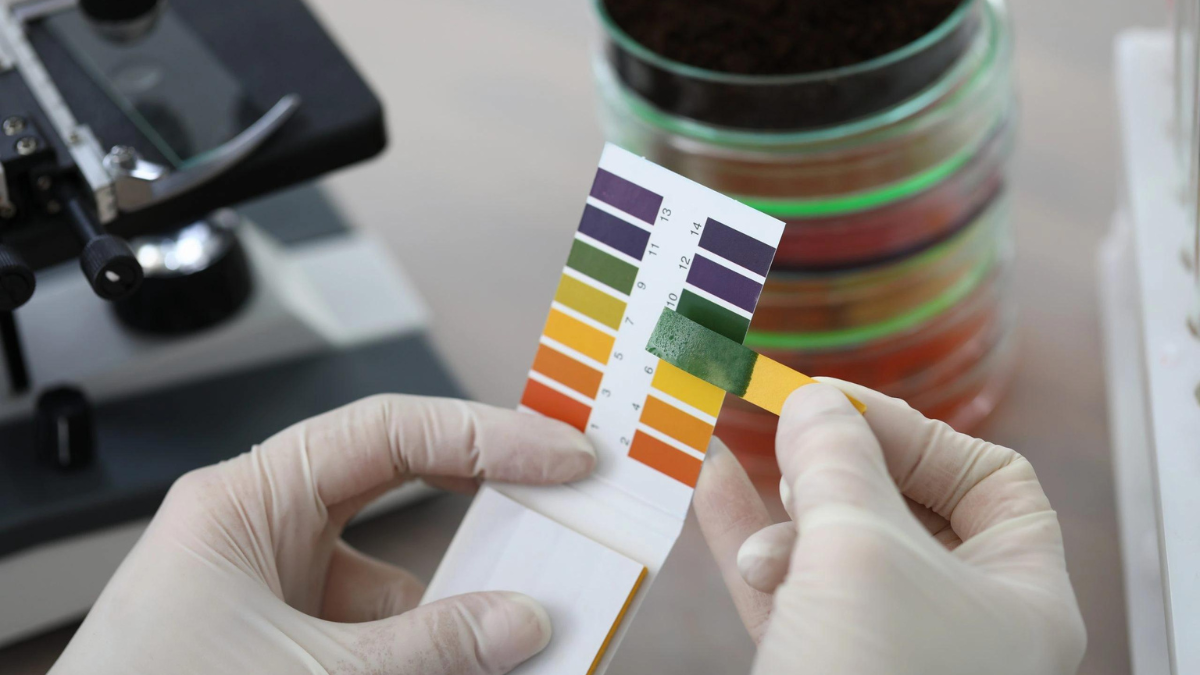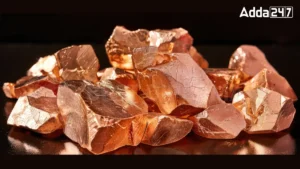In both chemistry and everyday life, acids and bases play crucial roles, influencing everything from the foods we eat to the products we use for cleaning. Despite their prevalence, distinguishing between acids and bases can sometimes be challenging. Let’s delve into the disparities between these fundamental substances.
What is an Acid?
Acids are substances that release one or more hydrogen ions (H⁺) when dissolved in water. They are defined by their ability to donate hydrogen ions to other substances in aqueous solutions. Acids typically have a pH of less than 7.0 and exhibit sour taste and corrosive properties when in contact with skin. Acids can be found in various natural sources.
What is a Base?
Bases, on the other hand, are substances that accept protons (H⁺) and donate electrons. When dissolved in water, bases release one or more hydroxide ions (OH⁻). The pH of bases always exceeds 7, and they often have a bitter taste. Notably, strong bases, such as sodium hydroxide and potassium hydroxide, completely ionize in water, producing a high concentration of hydroxide ions.
Difference Between Acid and Base
Acids and bases are fundamental concepts in chemistry, representing opposite ends of the pH scale. While acids donate protons in aqueous solutions, bases accept them, showcasing distinct chemical behaviors crucial in various natural and industrial processes.
Here is the difference between Acids and Bases:
| Basis of Difference | Acid | Base |
| Definition | Releases H⁺ ions in aqueous solution | Absorbs hydrogen ions in aqueous solution |
| Strength | Depends on concentration of hydronium ions | Depends on concentration of hydroxide ions |
| Examples | Acetic acid, sulfuric acid | Sodium hydroxide, ammonia |
| Characteristics | Sour taste, variable physical states | Bitter taste, often solid or slippery |
| Disassociation | Releases H⁺ ions when mixed with water | Releases OH⁻ ions when mixed with water |
| Test with Litmus | Turns blue litmus paper red | Turns red litmus paper blue |
| Chemical formula | Begins with H in the chemical formula | Ends with OH in the chemical formula |
| pH Scale | Less than 7 | Greater than 7 |
| Phenolphthalein Indicator | Remains colorless | Turns pink |
| Uses | Preservatives, cleaning agents | Antacids, soaps, detergents |




 Which Country is known as the Land of Ri...
Which Country is known as the Land of Ri...
 Who is Known as the Father of Android?
Who is Known as the Father of Android?
 Which Country is Known as the Country of...
Which Country is Known as the Country of...







